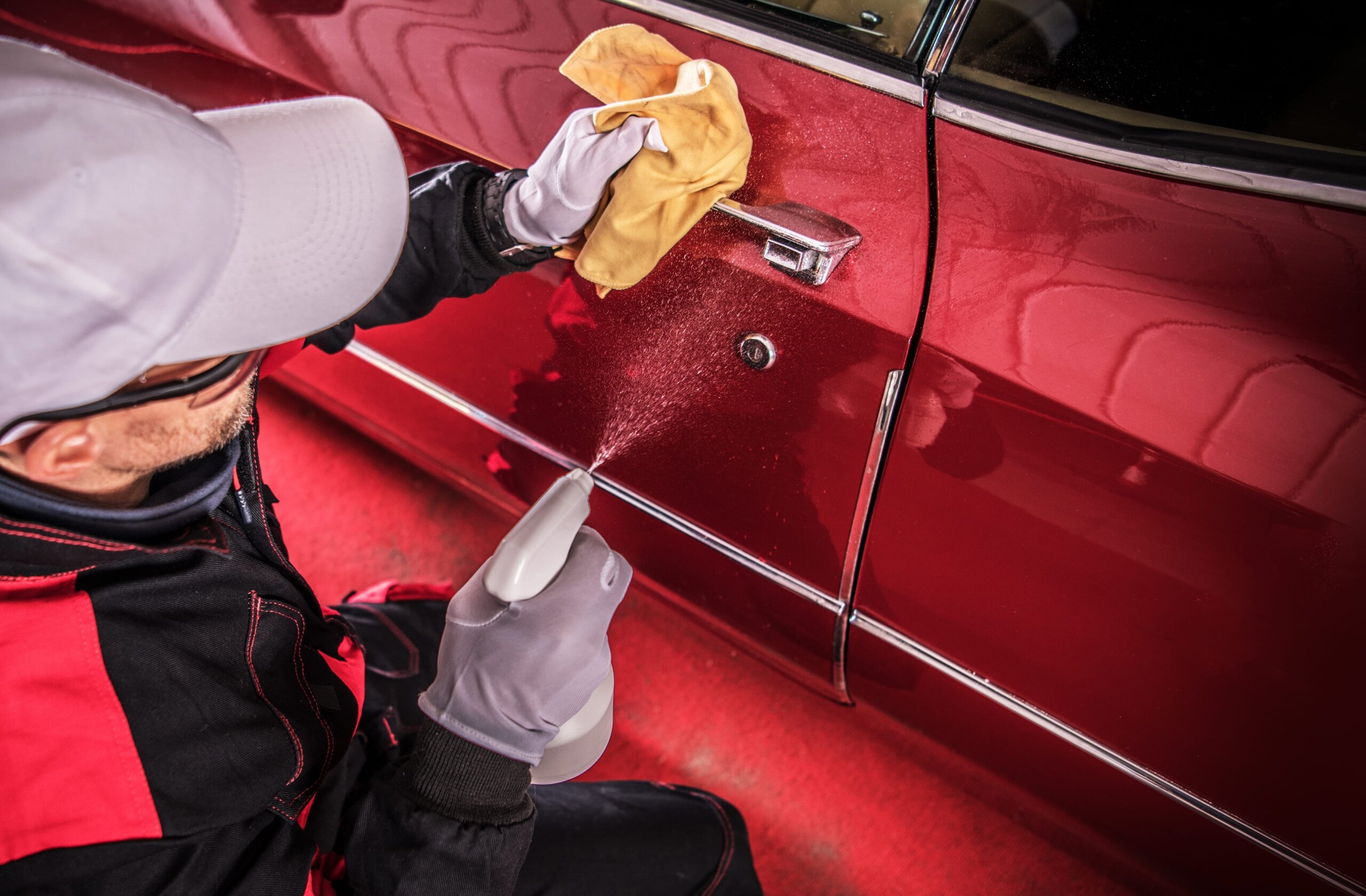Total Productive Maintenance (TPM) is a comprehensive approach to maintenance that focuses on the involvement of all employees in the maintenance of equipment, in order to maximize equipment effectiveness and eliminate losses. TPM was developed in Japan in the 1960s and has since been adopted by organizations around the world as a way to improve equipment performance, reduce maintenance costs, and increase productivity.
In this article, we will provide a detailed overview of TPM, including its history, principles, and benefits, as well as how it is used in lean manufacturing.
History of Total Productive Maintenance
TPM was developed in Japan in the 1960s as a response to the growing need for improved maintenance practices in the manufacturing industry. At the time, many Japanese manufacturers were struggling with high levels of equipment downtime, low productivity, and high maintenance costs.
In response to these challenges, a group of Japanese engineers, led by Seiichi Nakajima, developed TPM as a way to improve maintenance practices and increase equipment effectiveness. The goal of TPM was to involve all employees in the maintenance of equipment, in order to create a culture of continuous improvement and eliminate losses.
Principles of Total Productive Maintenance
The principles of TPM are based on a set of concepts and techniques that are designed to optimize equipment effectiveness and minimize equipment downtime. The following are the key principles of TPM:
- Zero Breakdowns: The first principle of TPM is to eliminate equipment breakdowns by implementing preventive maintenance practices. This involves conducting regular maintenance activities, such as cleaning, lubricating, and inspecting equipment, to prevent breakdowns from occurring.
- Zero Defects: The second principle of TPM is to eliminate defects by implementing quality control practices. This involves implementing quality control techniques, such as statistical process control, to prevent defects from occurring.
- Zero Accidents: The third principle of TPM is to eliminate accidents by implementing safety measures. This involves implementing safety procedures, such as providing safety training and equipment, to prevent accidents from occurring.
- Employee Involvement: The fourth principle of TPM is to involve all employees in the maintenance of equipment. This involves training employees on maintenance practices and involving them in the development of maintenance plans and procedures.
Benefits of Total Productive Maintenance
The implementation of TPM provides a number of benefits for organizations that adopt it as part of their maintenance practices. Some of the benefits include:
- Improved Equipment Effectiveness: The implementation of TPM can improve equipment effectiveness by reducing downtime and improving equipment reliability. This can help to increase productivity and reduce maintenance costs.
- Reduced Maintenance Costs: The implementation of TPM can help to reduce maintenance costs by minimizing the need for corrective maintenance activities. This can help to free up resources that can be used for other areas of the business.
- Improved Quality: The implementation of TPM can improve the quality of products or services by minimizing defects and reducing variability in the production process.
- Increased Employee Engagement: The implementation of TPM can increase employee engagement by involving all employees in the maintenance of equipment. This can create a culture of continuous improvement and increase employee satisfaction.
Implementing Total Productive Maintenance in Lean Manufacturing
Implementing TPM as part of a lean manufacturing process requires a structured approach. The following are the steps to implement TPM in lean manufacturing:
- Identify the Equipment: The first step is to identify the equipment that is critical to the production process. This involves conducting an analysis of the production process to identify the equipment that is most important to the production process.
- Develop Maintenance Plans: The next step is to develop maintenance plans for each piece of critical equipment. This involves identifying the maintenance activities that need to be performed, the frequency of those activities, and the personnel responsible for performing those activities.
- Implement Maintenance Plans: The third step is to implement the maintenance plans. This involves training employees on the maintenance activities that need to be performed and ensuring that the activities are performed on schedule.
- Monitor Equipment Performance: The fourth step is to monitor the performance of the equipment. This involves tracking equipment downtime, tracking equipment utilization, and conducting regular inspections to ensure that the equipment is functioning properly.
- Continuously Improve: The final step is to continuously improve the maintenance practices. This involves analyzing the data collected during the monitoring process and making adjustments to the maintenance plans as needed.
Examples of Total Productive Maintenance Techniques
There are many different techniques that can be used as part of a TPM program. The following are some examples of TPM techniques:
- Autonomous Maintenance: Autonomous maintenance is a technique that involves training operators to perform routine maintenance activities, such as cleaning and lubricating equipment. This helps to reduce the workload of maintenance personnel and improve equipment reliability.
- Planned Maintenance: Planned maintenance is a technique that involves conducting regular maintenance activities, such as inspections and replacement of worn parts, on a scheduled basis. This helps to prevent equipment breakdowns and reduce maintenance costs.
- Predictive Maintenance: Predictive maintenance is a technique that involves using data analysis techniques, such as vibration analysis and oil analysis, to predict when equipment failure is likely to occur. This helps to prevent equipment breakdowns and reduce maintenance costs.
- Kaizen: Kaizen is a technique that involves continuous improvement of the production process. This involves identifying opportunities for improvement and implementing changes to improve the process.
Conclusion
In conclusion, Total Productive Maintenance is a comprehensive approach to maintenance that focuses on involving all employees in the maintenance of equipment. The principles of TPM are based on a set of concepts and techniques that are designed to optimize equipment effectiveness and minimize equipment downtime. The implementation of TPM provides a number of benefits for organizations that adopt it as part of their maintenance practices, including improved equipment effectiveness, reduced maintenance costs, improved quality, and increased employee engagement. By following a structured approach and using TPM techniques, organizations can successfully implement TPM and enjoy the benefits of a more reliable and efficient production process.








Social Contact